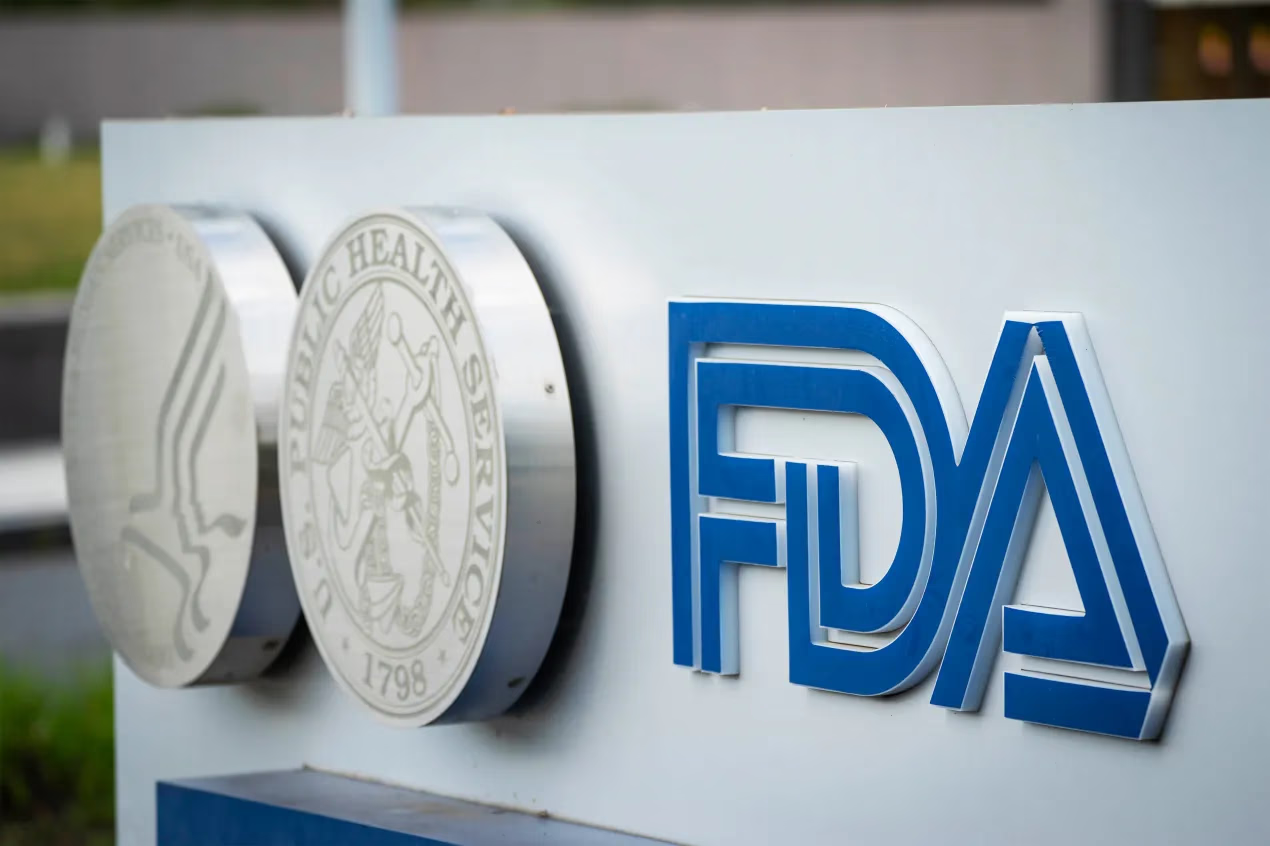The weekend, marked by a new wave of turmoil within the U.S. Food and Drug Administration, has raised doubts about how long the agency can function without major disruptions.
The main concern is that any institution’s effectiveness depends on its people. After months of high-profile resignations and open clashes with senior health officials, many already believe the agency’s performance has deteriorated. According to current employees who spoke to Axios, morale inside the FDA is increasingly fragile, and more staff are considering leaving — a worrying trend given how many seasoned experts have already departed.
“If they had the chance to earn more, work remotely, and keep the same benefits, most would just leave,” said a former FDA employee. “I don’t know anyone who’s happy there.”
The immediate trigger for the latest crisis was the resignation of the agency’s top drug regulator, George Tidmarsh. He stepped down amid a lawsuit accusing him of abusing his authority to retaliate against a former business partner. Tidmarsh denies the allegations and claims he was ousted for criticizing the FDA’s new accelerated drug-approval program. In an interview with Endpoints News, he said he intends to challenge his dismissal.
“Good people are leaving, and all this perceived chaos makes it even harder for the agency to hire new ones,” said Peter Pitts, former FDA associate commissioner and president of the Center for Medicine in the Public Interest. “And that was never easy to begin with.”
The situation worsened soon after Stat published reports claiming that the agency’s biologics and vaccine division had become “steeped in mistrust and paranoia” under Vinay Prasad’s leadership. Earlier this year, Prasad made headlines when he left the FDA under pressure from right-wing activist Laura Loomer — only to return a few weeks later.
The pharmaceutical and biotech industries, which depend on the regulator’s predictability, now face mounting risks. “When major companies or venture-backed startups see that FDA decisions can’t be anticipated, they simply move their money to other jurisdictions,” Pitts noted.
Additional pressure on the agency has come from the thousands of layoffs earlier this year, part of President Trump’s effort to downsize the federal bureaucracy. Even before the latest turmoil, analysts at Raymond James noted that by mid-October the FDA had approved only 32 new drugs — fewer than during the same periods in 2023 and 2024.
“Staff shortages will inevitably cause major problems for companies awaiting approval,” the report warned. “The agency will face a choice: either slow the process dramatically or lower the rigor of its reviews, potentially putting public safety at risk.” Analysts at RBC Capital Markets added that in the third quarter, approval volumes fell while rejections and delays increased.
The Department of Health and Human Services, by contrast, insists the agency is operating smoothly. “The FDA continues to fulfill its mission to protect public health with the same rigor and independence the American people expect,” said department spokesperson Emily Hilliard. “The process of reviewing and approving safe and effective medical products remains fully operational and grounded in science, not politics.”
Still, concerns are growing over how the Trump administration’s policies will affect the United States’ standing as a global leader in biopharmaceutical innovation. Its hostility toward drugmakers, the weakening of the agency’s workforce, and cuts to public research funding are already reverberating across the drug-development chain. How long companies and investors will tolerate a weakened and disorganized FDA before shifting to other markets remains an open question.
